This time of year both the gardens and my kitchen start to get a little crazy with the sudden realization that the wheel of the seasons is turning. This is one herbal preparation I can't do without- Winter Immune Honey. Basically, I stroll through the garden and harvest what's in season and looks good! This season's batch included Echinacea flower, Calendula, Bee Balm, Blue Hyssop, St John’s Wort, and Tulsi. Just thinking about getting to curl-up with a nice spoonful of this in my tea mug makes the on-coming seasonal transition less ominous and- dare I say it?- even a tad-bit exciting....
Combine any combination of the following herbs, fresh (my preference) or dried. I’ve included some suggested percentages below (and of course many of these plants could go into both categories!). The idea here is to pull from the lists and make your own unique honey, based on your favorite herbs, what you have access to, and the specific herbal actions you’d like your honey to have. Your result will be a honey with a wide range of herbal actions, so you can effectively treat the vast array of winter ailments you might come across in the coming months. And remember- many of these herbs can be procured at your local grocery store or farmers market (especially the culinary herbs), and can tolerate some frost, often hanging on in the garden well into fall.
Aromatics are herbs that have a wonderful aroma because they are rich in essential oils (which tend to be anti-microbial). In my experience, aromatic herbs make the most delicious honeys! Anti-microbials and anti-virals are just what they sound like. Diaphoretics promote a healthy fever response which is part of your body’s immune strategy for fighting-off pathogens, as a higher body temperature can inhibit proliferation and reproduction of many viruses and bacteria. Lymphatics stimulate the lymphatic system, which is where many of our immune cells are born, and is also the primary transport system for immune cells to get to and from infections. Supporting the lymph means stimulating your body’s own vital force and flexing the proverbial “muscles” of the immune system, which is a good thing! The lymph fluid also transports waste products from fighting-off a pathogen, and the day-to-day metabolic waste from cellular metabolism to eliminatory organs as well.
First choose your herbs…
Lymphatic/Immune Stimulating Herbs- 50%
- Echinacea flower, seed, or root (Echinacea purpurea) and Calendula flower (Calendula officinalis) are my favorites for this recipe
Aromatics/Anti-microbials/Anti-virals/Diaphoretics- 50% (mix-and-match)
- Bee Balm flower + leaves (Monarda didyma, Monarda fistulosa)- warming diaphoretic, anti-microbial, anti-fungal
- Garlic (Allium sativum)-powerful and very warming immune-stimulant, anti-bacterial, anti-fungal, and anti-viral, with an affinity for the lungs. Especially useful in cases of influenza, which attacks mucosal cells in our respiratory system.
- Ginger (Zingiber officinalis)- warming diaphoretic, anti-microbial, clears congestion and mucous from the lungs and sinuses, digestive aid
- Yarrow flower and/or leaves (Achillea millifolium)- strong diaphoretic, especially indicated in low, unproductive fevers- traditionally combined with Elder flower (Sambucus canadensis) and Peppermint (Mentha piperita) for this use
- St. John’s Wort flowering tops (Hypericum perforatum)- wonderful anti-viral, calms the nerves
- Sage (Salvia officinalis)- Oily and warming, affinity for the throat and lungs, famous for sore throats, diaphoretic, digestive aid, nervous system tonic. Especially good for dry, unproductive coughs
- Thyme (Thymus officinalis)- very hot and spicy, strong anti-microbial, clears excess mucous from the sinuses and lungs, diaphoretic, digestive aid. Especially good for wet, cold coughs
- Rosemary (Rosmarinus officinalis)- warming circulatory stimulant, diaphoretic, anti-microbial, digestive herb, nervous system support
- Oregano (Origanum vulgaris)- strong anti-microbial and anti-fungal, diaphoretic, digestive aid
- Basil (Ocimum sanctum, Ocimum basilicum)- warming, diaphoretic, anti-microbial, nervous system relaxant and restorative, digestive aid, grounding
- Pine needles (Pinus strobus, Pinus sp)- Rich in vitamin C (6x more than oranges!), immune-stimulant, warming, helps expel mucous from the lungs, famous for coughs
- Lemon Balm (Melissa officinalis)- anti-viral, very calming to the nerves, grounding
- Blue Hyssop flowering tops (Hyssopus officinalis)- anti-microbial and excellent respiratory system herb
- Peppermint (Mentha piperita), Spearmint lf (Mentha spicata), Mint Lf (Mentha sp)- one of the very best digestive aids (especially Peppermint) excellent for stomach bugs, nausea, food poisoning and any other digestive upset. Powerful diaphoretic
- Mullein leaf (Verbascum thapsus)- lymph and immune-stimulant, moistening to the lungs (demulcent), one of the very best herbs for strengthening the respiratory system and treating coughs
- Catnip leaf and flower (Nepeta cataria)- calming and soothing to the nervous system, digestive aid, diaphoretic
- Anise Hyssop leaf and flower (Agastache foeniculum)- Respiratory herb, diaphoretic, digestive aid
The process is so simple…..put your herbs into a dry glass jar, cover your herbs in raw honey (local if possible) and let sit for at least 2 weeks. If they are fresh they must be free of excess water from rain, dew, etc, and also chopped pretty fine, removing any woody or tough stems. Stir well so that all the plant material is evenly coated in the honey. Some will be poking-up from the top of the honey and that’s fine! As long as it’s coated in the honey it won’t mold. If you are making it with dried herbs, follow the same directions as above, only don’t worry about having to remove woody stems.
To Use:
I always make my honeys with fresh herbs. This is because I never strain my fresh herb honeys and prefer to use them with the plant material still in it. My favorite method is to mix a spoonful in hot water for instant tea or add to herbal tea at first sign of cold or flu. Then I eat the herbs at the bottom of my tea cup! You will find that honey does an amazing job of preserving the fresh herbs and there is still lots of medicinal activity and vibrancy to the plant material. So, I think you lose a lot of the medicine by straining it out. I can still taste the tingle from the Echinacea flowers when I eat a spoonful of the winter immune honey I made months and months ago! You can of course also eat this by the spoonful, spread on crackers or toast, and so on. The possibilities with herbal honeys are really endless!
If you are using dried herbs, then it’s a different case and I find that those are better strained. Use your honey with wild abandon at first sign of sickness and have at least 3 tsp/day and much more is fine to take. You can also take during sickness to lessen duration and ease symptoms. Kids of course love this remedy as well!
Enjoy and Happy Honey-Making!
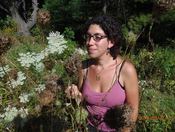


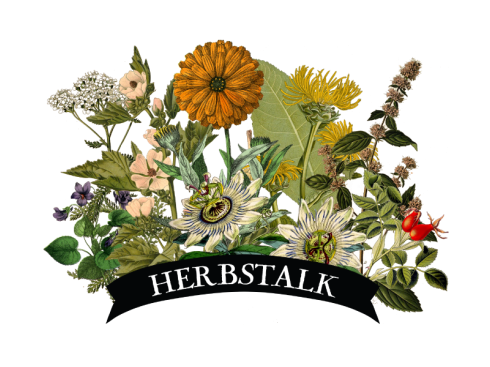
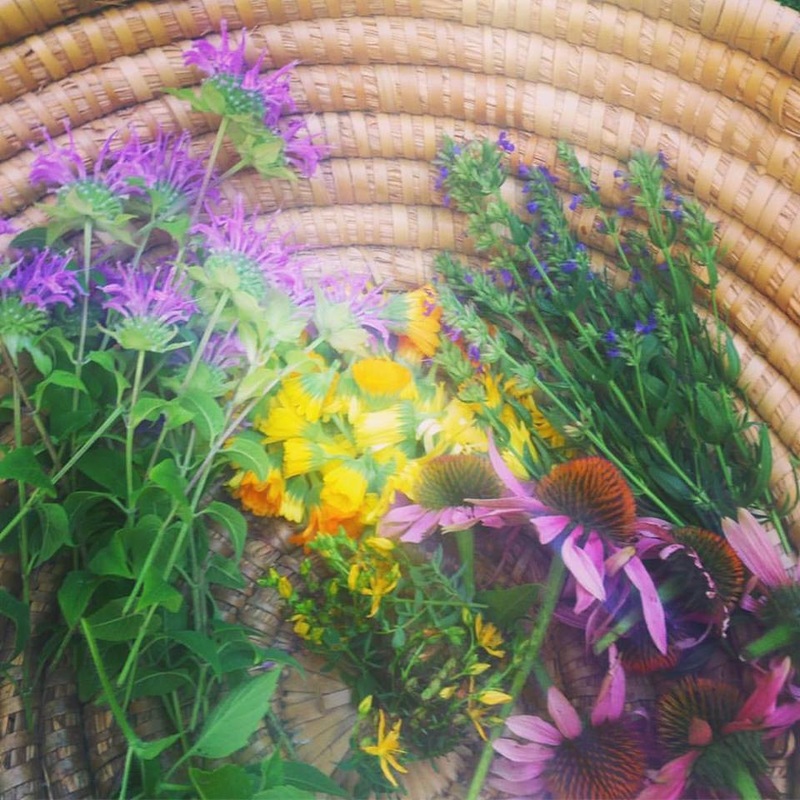
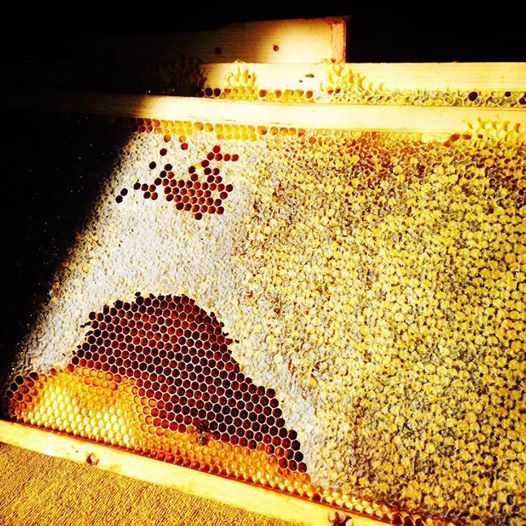
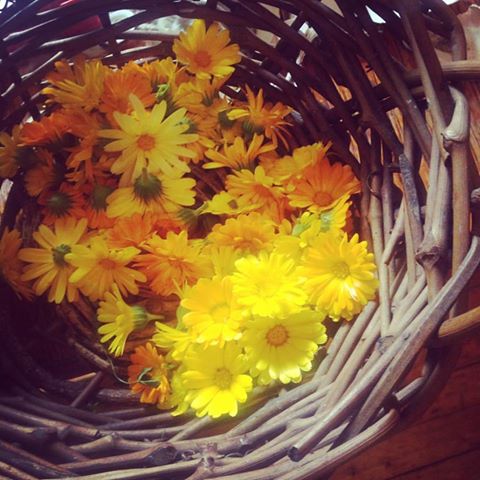
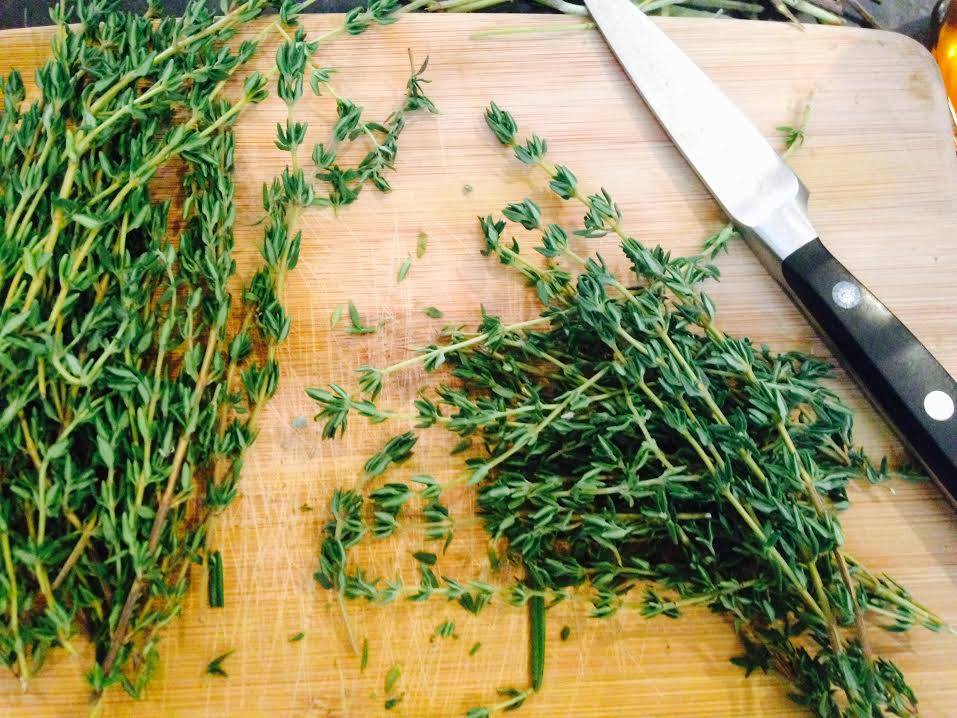
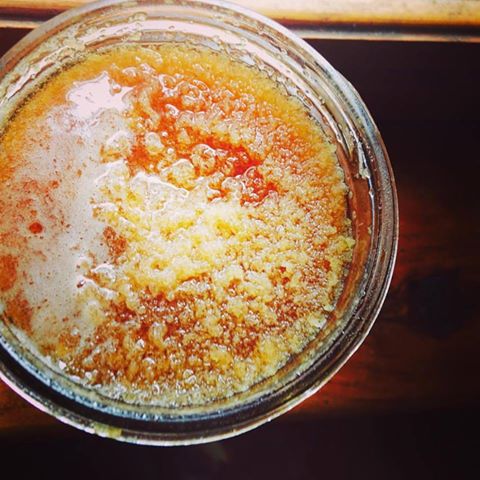
 RSS Feed
RSS Feed